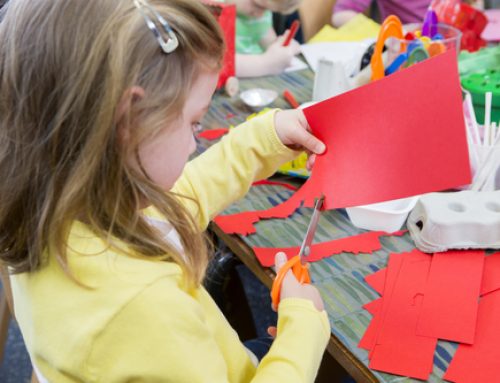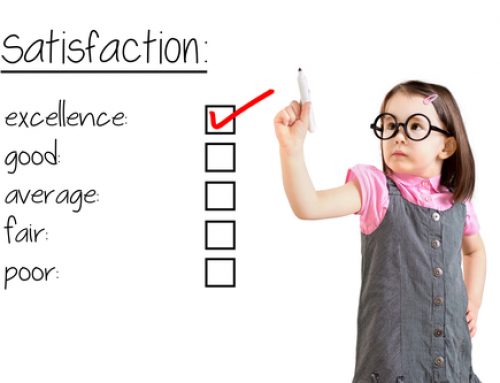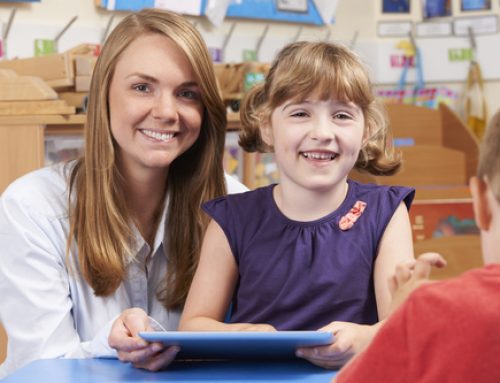 What is a bias?
What is a bias?
A bias is a preference or belief that a person holds to be true. It is lacking in neutrality and in an educational environment can provide advantage or disadvantage, within any context, for different children. Bias is closely linked to fairness, prejudice, stereotypes and favouritism.
Do I have a bias?
It would be hard to find anyone who does not have some kind of bias. A bias is developed through personal experience, via social and cultural influences. Essentially if you have likes or dislikes you have a bias.
What types of Bias should I be aware of?
Bias could be based on any of these: Age (ageism), gender (sexism), race (racism), looks (lookism), ability / disability.
Can children have bias?
Yes, children become aware of differences at a very early age including skin colour, gender, language and physical differences1. Bias has an impact on a child’s self-identity and the way they see and interact with the world.
What can be done about bias?
- Recognise your personal bias’.
- Empower children to make decisions based on fairness.
- Employ problem solving through critical reflection and actively promote inclusive behaviours in children.
- Develop the ability to act when bias is detected.
- Critically analyse situations for fair and unfair behaviour.
- Make children aware of issues of bias and fairness contextually and within the community.
- Monitor activities for inclusiveness in both social and physical environments and look at ways to assist those who are excluded.
- Listen to children’s concerns about unfair behaviour.
- Provide a learning environment and resources which are not stereotyped.
- Do not make assumptions about a child’s ability to achieve a task or activity and avoid lowering expectations as a solution.
Applying this to your practice.
It is important to be aware of bias, but not become completely focussed on this one aspect of children’s learning and development.
Using critical reflection on planned activities and situational observations to identify bias is an essential element to overcoming any issues bias may cause.
Creating opportunities to reflect with colleagues and discuss planned activities may assist in identifying areas of bias which may not have been apparent initially.
Practicing and refining educational intervention and specific planning of environments and activities to address bias may also be of benefit.
How does your centre address bias? Do you have an inclusion policy?
- https://www.teachingforchange.org/wp-content/uploads/2012/08/ec_antibiascurriculum_english.pdf
- Educators My Time Our Place ACECQA








